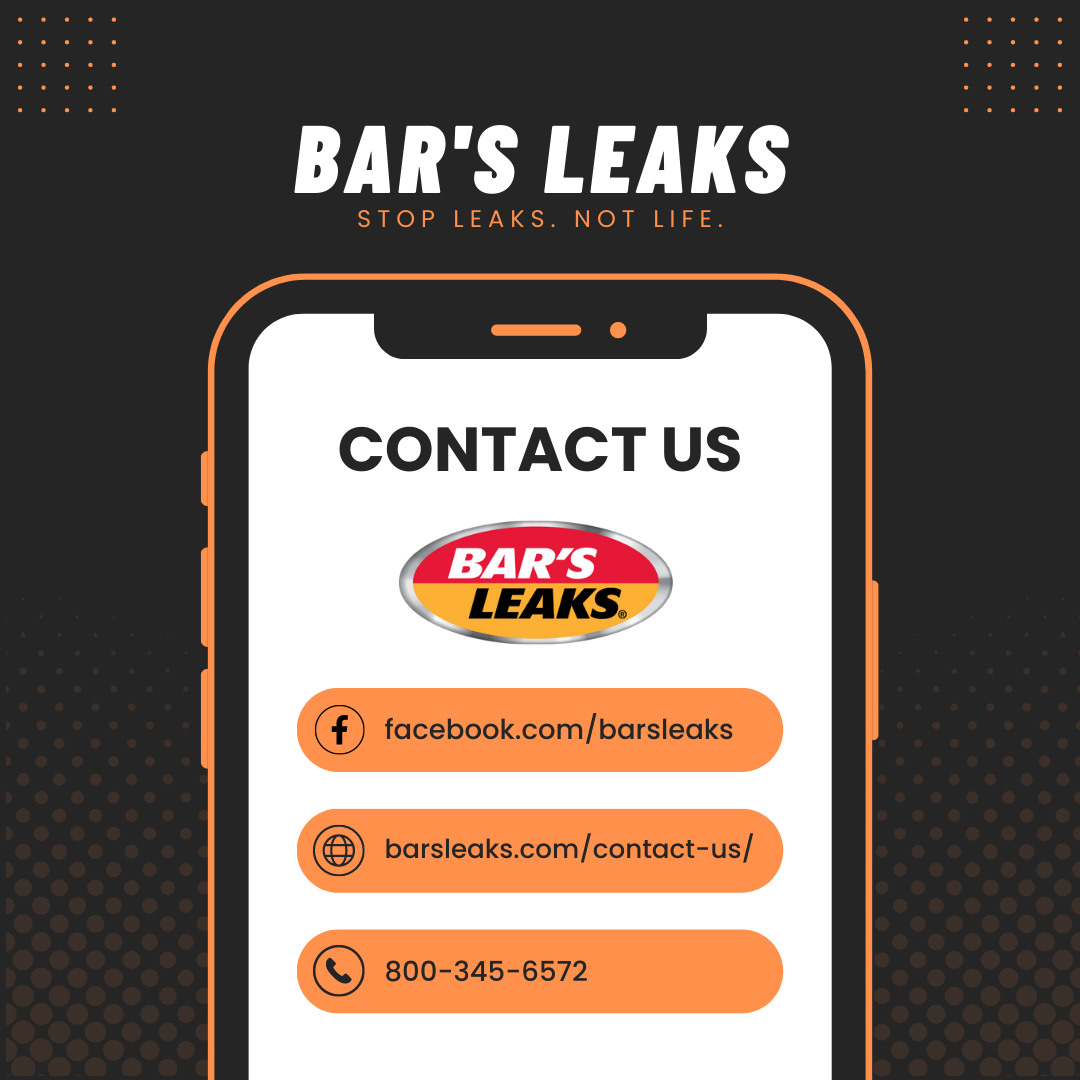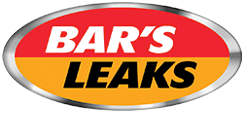Preparing Your Car For Winter Weather
Our car prep advice for when the temperature drops
If you are short on time and just want the essentials, start here
While it’s important to take care of car maintenance all year long, there are a few areas that should be addressed specifically when you prepare your car for whatever winter storm Mother Nature throws at you.
- Check your coolant: Topping off if your coolant level is low and making sure your coolant offers the correct cold weather protection. You can buy a simple device at most parts stores or have a garage test it for you. If your coolant isn’t robust enough to resist freezing in winter weather, it should be drained, flushed and replaced. The flush product we recommend is Hy-per Cool Radiator Cleaner & Super Flush.
- Verify all other fluids: This sounds obvious, but it’s overlooked by many. Make sure your oil, transmission fluid, brake fluid and windshield wiper fluid are all topped up. Winter driving puts extra demands on your car and low fluid levels can allow condensation to form in your vehicle’s various systems.
- Take care of leaks and performance issues: If you’re having any issues with your car (leaks, stalling, hesitation, surging, etc.) consider treating them before the cold weather hits. It only takes a minute to add one of our products to ensure you’re running well all winter long.

Cooling specific checklist
A car that ran all summer on water or with minor coolant leaks is likely to leave its owner stranded when the temperature drops. Below are some simple steps to keep your cooling system trouble-free this winter.
- Any car that is running with just water in its cooling system needs to be switched over to a water/antifreeze mixture ASAP. Pure water will freeze, expand and cause damage. If you’re trying to get to work on the morning after winter storm, this is a killer.
- Check your car for leaks and seal them. Even the smallest engine coolant leak will expand over time, so taking action before winter hits could save you hundreds of dollars in repair bills (not to mention car downtime). For minor leaks, seepage or just as a preventative measure, Bar’s Leaks Radiator Stop Leak Tablets (p/n HDC) are a cost-effective solution. For larger leaks in your car, evaluate the leak’s location and severity to determine the best product. For example, Bar’s Leaks Liquid Copper (p/n 1109) is a permanent solution to large leaks in intake manifolds and gaskets, heater cores, blocks, heads and freeze plugs. Liquid Aluminum (p/n 1186) not only seals radiator and heater core leaks, it also contains Xtreme Cool™, which stops overheating and significantly decreases water temperature to prevent future leaks.
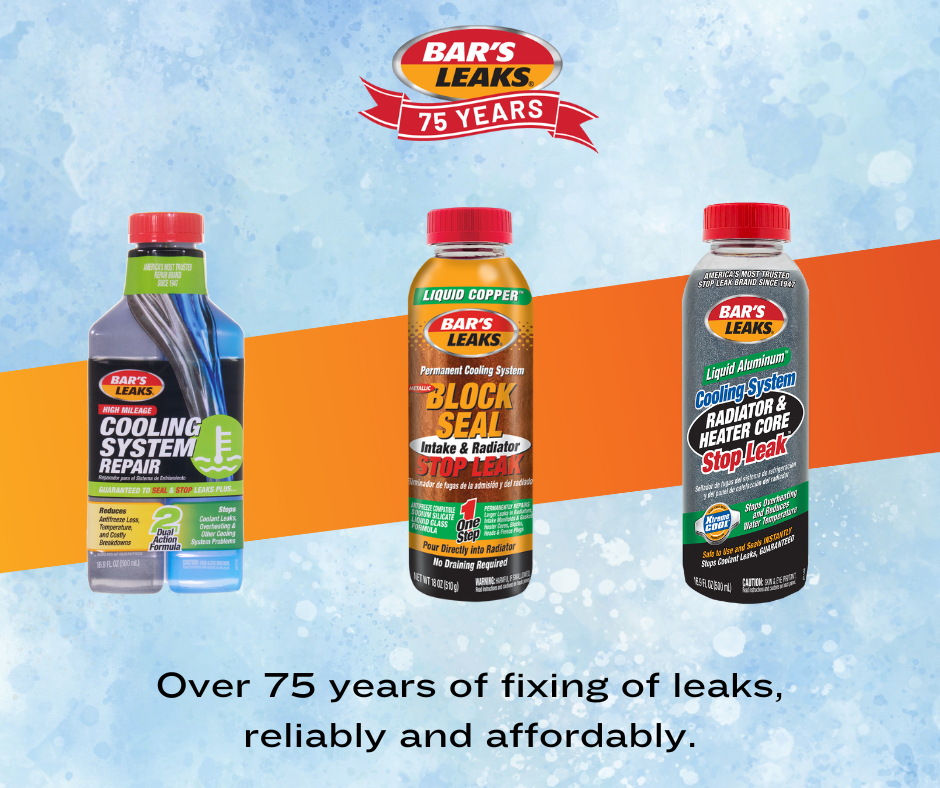
“Winter gas” is a thing. Don’t ignore your fuel system.
Many states in the USA switch to a winter blend fuel during the cold months. The exact number of states that make this switch can vary from year to year and can depend on things like temperature, air quality regulations, and supply and demand for fuel. As a rough rule, colder states in the northern regions of the country are more likely to switch to winter blend fuels to address issues related to cold weather performance and emissions.
So what’s the deal with “winter gas?” Winter blend fuels typically have a different formulation than summer blend fuels to ensure better cold-weather starting and performance. They may have a higher volatility to aid in cold starts and contain additives to prevent fuel line freezing. Additionally, winter blends often have a slightly different Reid Vapor Pressure (RVP) to comply with environmental regulations.
We have two simple recommendations to keep your fuel system running at its best during the cold months:
- In middle or late fall, before the bad weather truly arrives, give your car a potent fuel and emissions system cleaning product. We recommend the popular Rislone Cat Complete™ Fuel Exhaust & Emissions System Cleaner. It goes directly in your gas tank. This is something you only need to use once every 3 months or so. You can learn more about the product here. If you drive a diesel vehicle, there is also a diesel version.
- Keep the gas tank more than half full at all times, and a completely full tank for cars that will be off the road/stored during the winter.
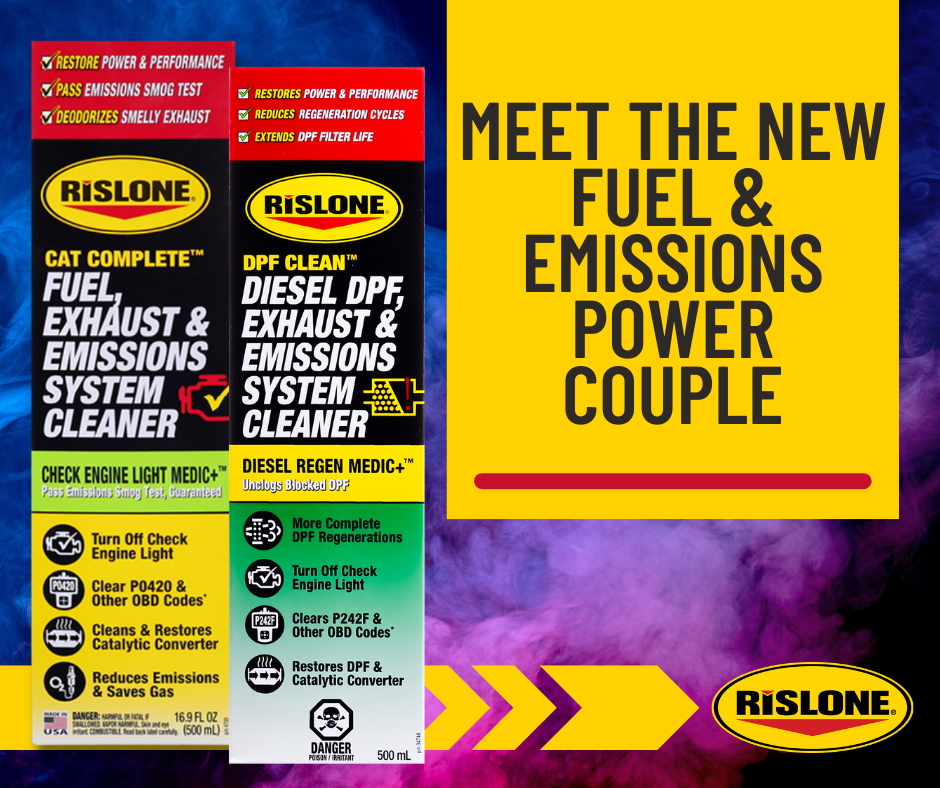
OK, I got my car ready. Is there more I should consider before it gets cold outside?
If you just want to hit the must-dos, the suggestions above have you and your car covered before the snow flies.
If you really want to make sure your car is all set for winter weather, keep reading.

Maintain proper tire pressure
Even if you don’t have snow tires, this advice is critical for the winter season.
Tire pressure is critical for winter driving for several important reasons:
- Traction: Proper tire pressure ensures that your car maintains the correct contact patch with the road surface. In harsh winter conditions, when you’re often dealing with slippery roads, maintaining good traction is important for obvious reasons.
- Handling and Stability: Correct tire pressure helps maintain the handling and stability of your vehicle, which is especially important in winter conditions when road grip is compromised. Overinflated or underinflated tires can lead to reduced stability and increase the risk of skidding or losing control of your vehicle. The last thing you want to see is a tow truck.
- Braking Distance: Properly inflation can help reduce your braking distance, allowing you to stop more quickly in the snow. This can be a lifesaver in winter conditions where it may take longer to stop due to poor traction.
- Fuel Efficiency (MPG): Underinflation creates more rolling resistance, which can decrease fuel efficiency. In wintry conditions, when cold temperatures can already reduce your vehicle’s fuel efficiency, maintaining the correct tire pressure can help optimize your gas mileage.
- Tire Wear: Incorrect tire pressure can lead to uneven tire wear. In winter, potholes and debris on the road are more common, and having properly inflated tires can help protect from premature wear and damage.
- When in Doubt, Get New Tires. If in doubt about your tire’s tread wear and overall condition, get yourself some new tires. This can’t be stressed enough. Most modern all season tires are more than adequate in colder weather. Just make sure you don’t try to brave winter weather with summer shoes. We can guarantee you that won’t lead to anywhere good (they might not lead anywhere, actually).
In short, keep your rubber in good shape. So many people overlook this and think their worn tires can make it just one more season. Tire pressure is as nearly as important as a tire’s tread.
Switch to winter tires if you can
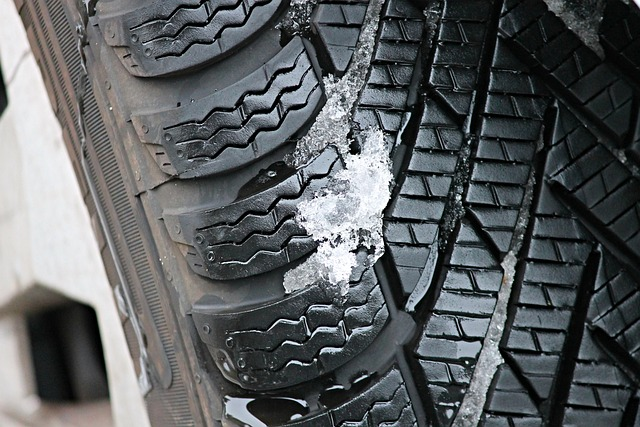
When it comes to preparing cars for winter, snow tires are specifically designed to perform better than regular or all-season tires in cold, wintry weather conditions. Here are several reasons why they are a better option:
Rubber Compound: Winter tires are made from a rubber compound that remains more flexible for winter driving. This flexibility allows the your car to maintain grip on snowy or icy roads. By comparison, the rubber in all-season or summer compounds can harden in the cold, leading to reduced traction.
Tread Design: Winter tires have a unique tread pattern with deep grooves and a high number of sipes (small, slitted channels) that help them bite into snow and ice. This design enhances traction and grip on slippery surfaces, providing your car with better acceleration, braking, and cornering.
Look for the Snowflake Symbol: Many winter tires carry the “three-peak mountain snowflake” symbol on their sidewalls, indicating that they have met specific winter performance standards. If you’re going to take the leap into better tires, look for models that have met these standards.
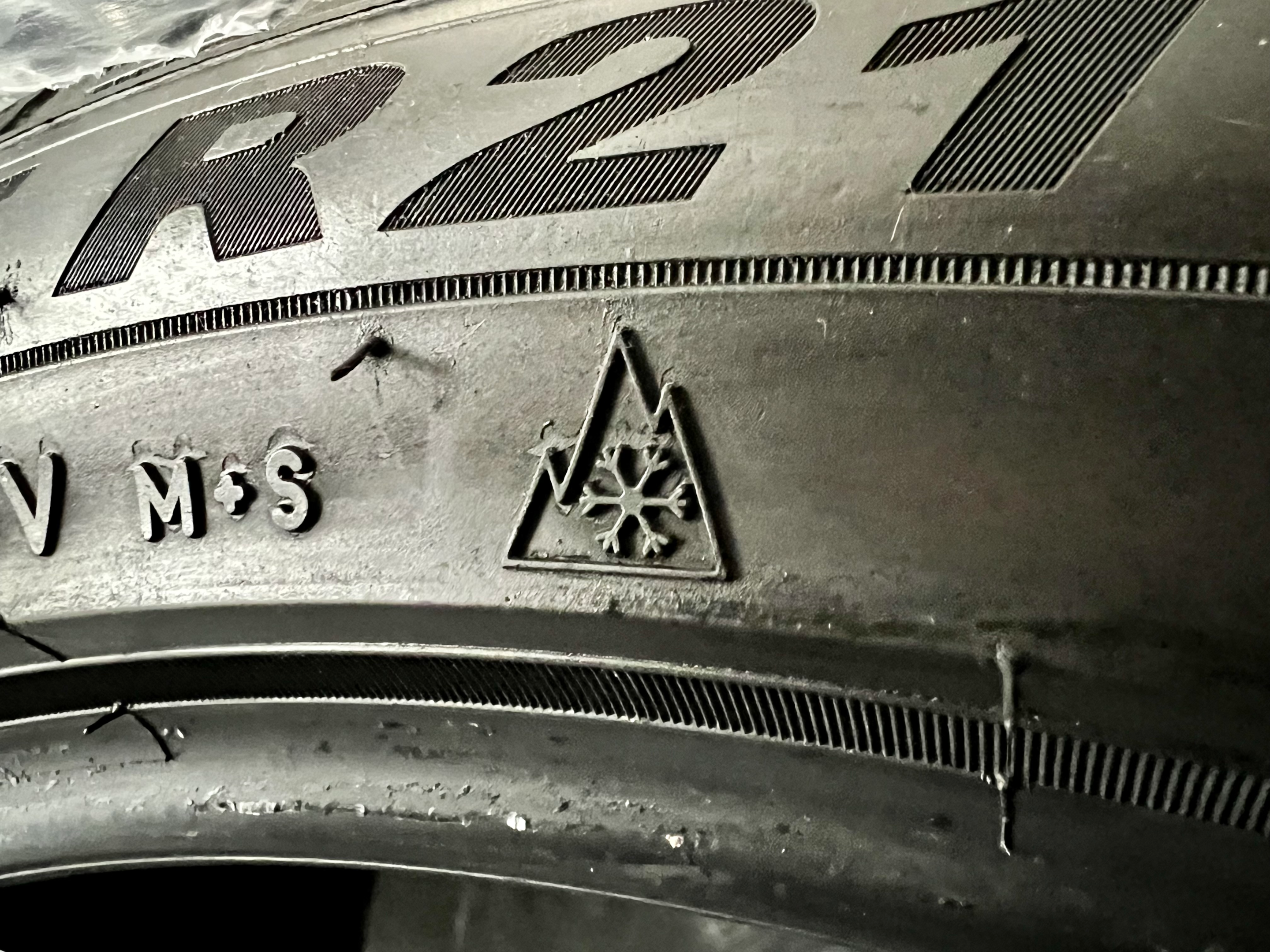
Better Braking: Snow tires are designed to provide shorter braking distances on snow and ice compared to regular tires. This feature is critical for safety when driving in wintry weather, where stopping quickly can be for more difficult than in warmer weather.
Hydroplaning Resistance: The deep grooves and sipes in winter-specific tires also help channel slush and water away from the tire’s contact patch, reducing the risk of hydroplaning, where the tire loses contact with the road due to water buildup.
Overall Cold Weather Performance: Winter tires maintain their performance even as temperatures drop below freezing. Regular tires can become less effective in cold conditions because their rubber compounds stiffen, reducing grip and handling.
Build a winter car emergency kit, aka “winter survival kit”
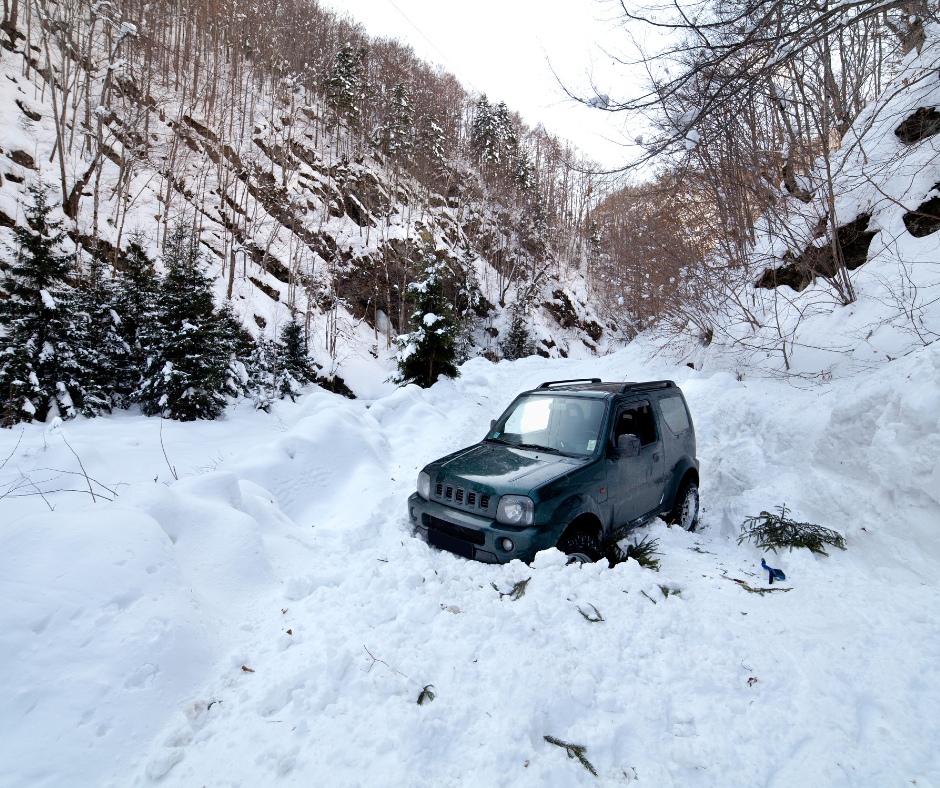
Throwing together a winter survival kit may seem like overkill, but trust us – it’s not. It’s one of those things that may seem silly on the surface, but when things go sideways, you’ll be incredibly glad to have it.
An intelligent winter emergency kit should contain:
- Ice scraper. For obvious reasons. Being able to see out of your windows is a good thing.
- Snow shovel. If you find yourself stuck, you will need a shovel to help clear the snow away from your tires so you have more room to get moving.
- A heavy blanket. If you find yourself stuck for a prolonged period of time in low temperatures, a coat or jacket may not be enough to keep you warm – especially if your car cannot run.
- A bag of kitty litter or sand. If you become stuck on ice or heavy snow, traction is going to be your friend. In cases like this, cat litter or sand can be applied around and underneath your tires, which will provide traction to help you get your car moving again.
- Extra set of wiper blades. Windshield wipers are are pretty important. We hear from customers every winter about how their wiper blades became entirely ineffective due to ice and buildup. A smart move is to always have a spare set on hand. Bonus points if you get a set of winter blades, specifically designed to handle the rigors of winter.
- A couple extra heavy coats + hat and gloves. Same thinking here as having a blanket. You never know when you will need to wait for a prolonged period for help. In instances like this, you and your passengers need a reliable way to stay warm. Hypothermia is a real killer.
A quick note: if you become stuck, be mindful of where your exhaust is going. Never run your car for prolonged periods in an enclosed space, as the risk of carbon monoxide poisoning becomes a real threat.
Questions about your particular issue?
If you are dealing with an issue and don’t know where to start, give us a call at 800-345-6572 (M-F, 8am – 5pm ET), or contact us on the web. Don’t get stranded by a single snowstorm. Our Michigan-based customer support is more than happy to help.
